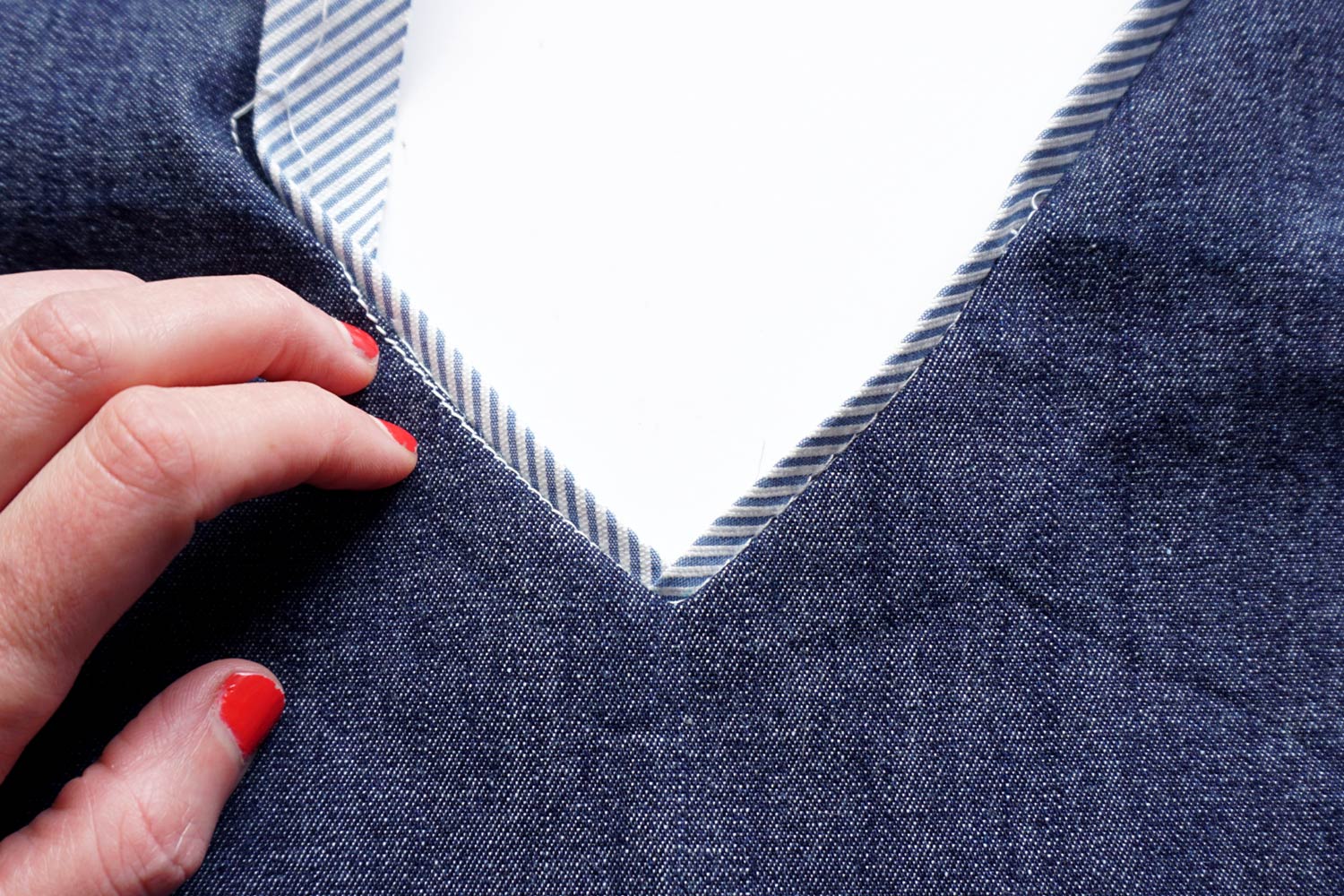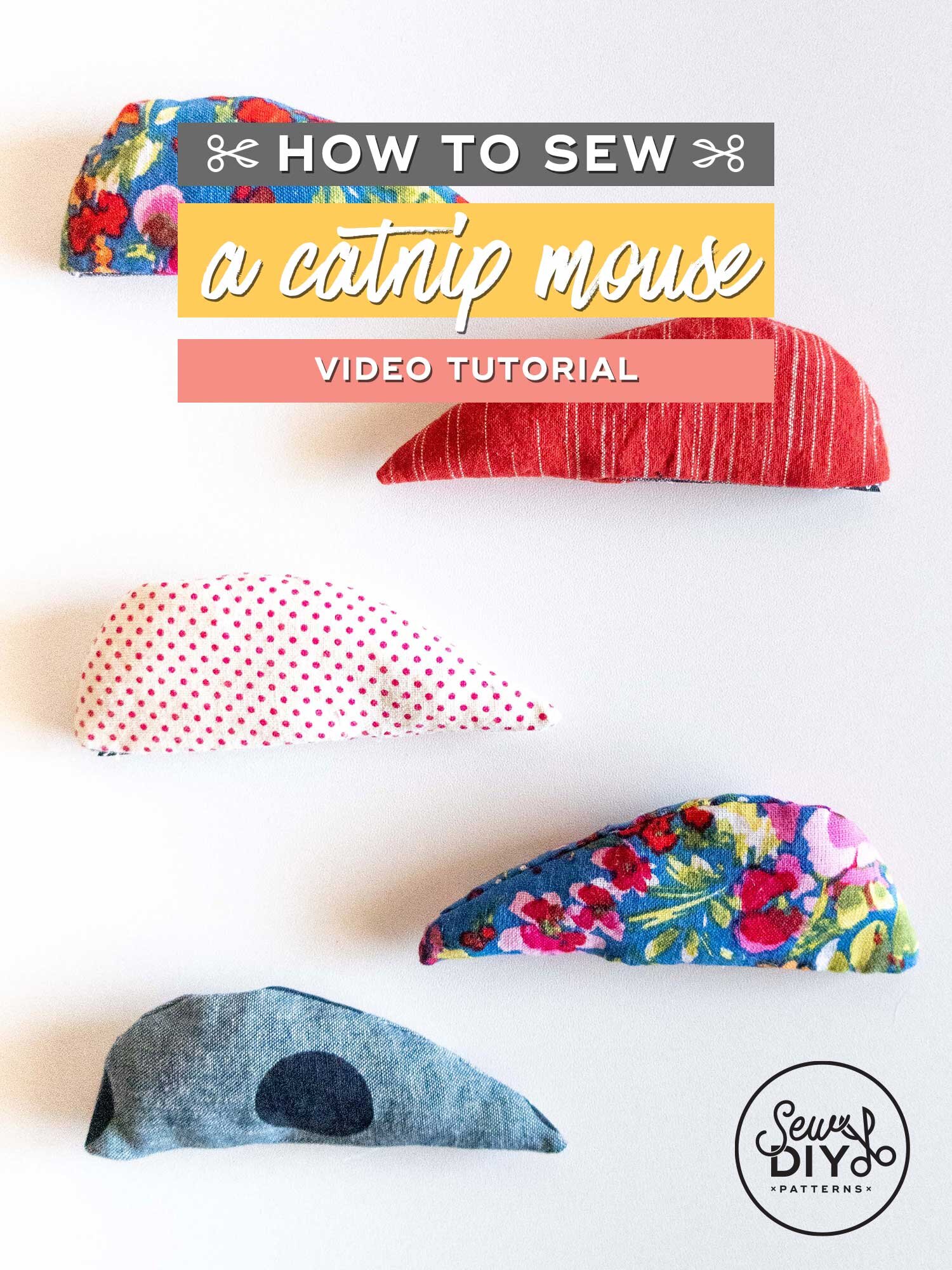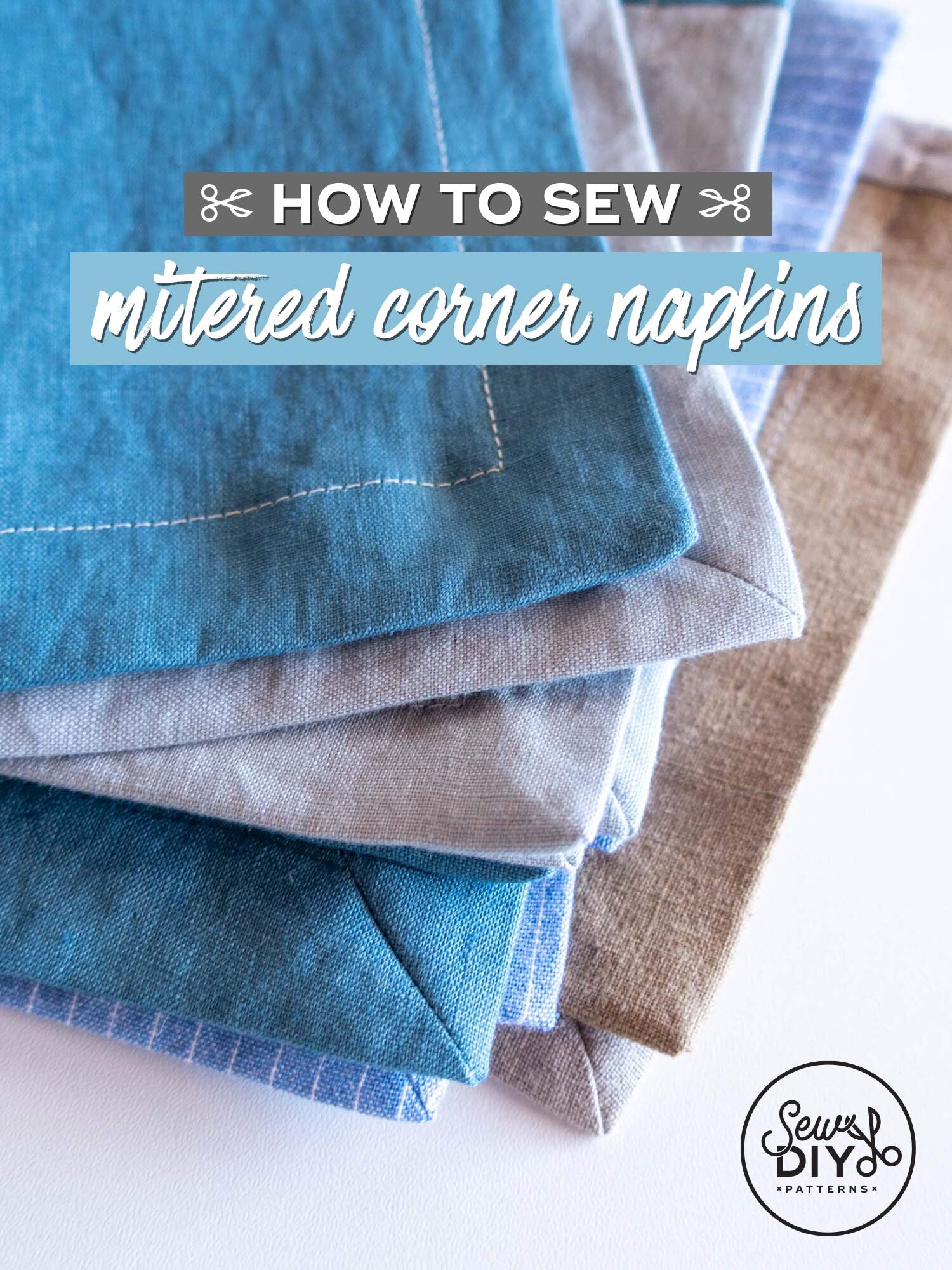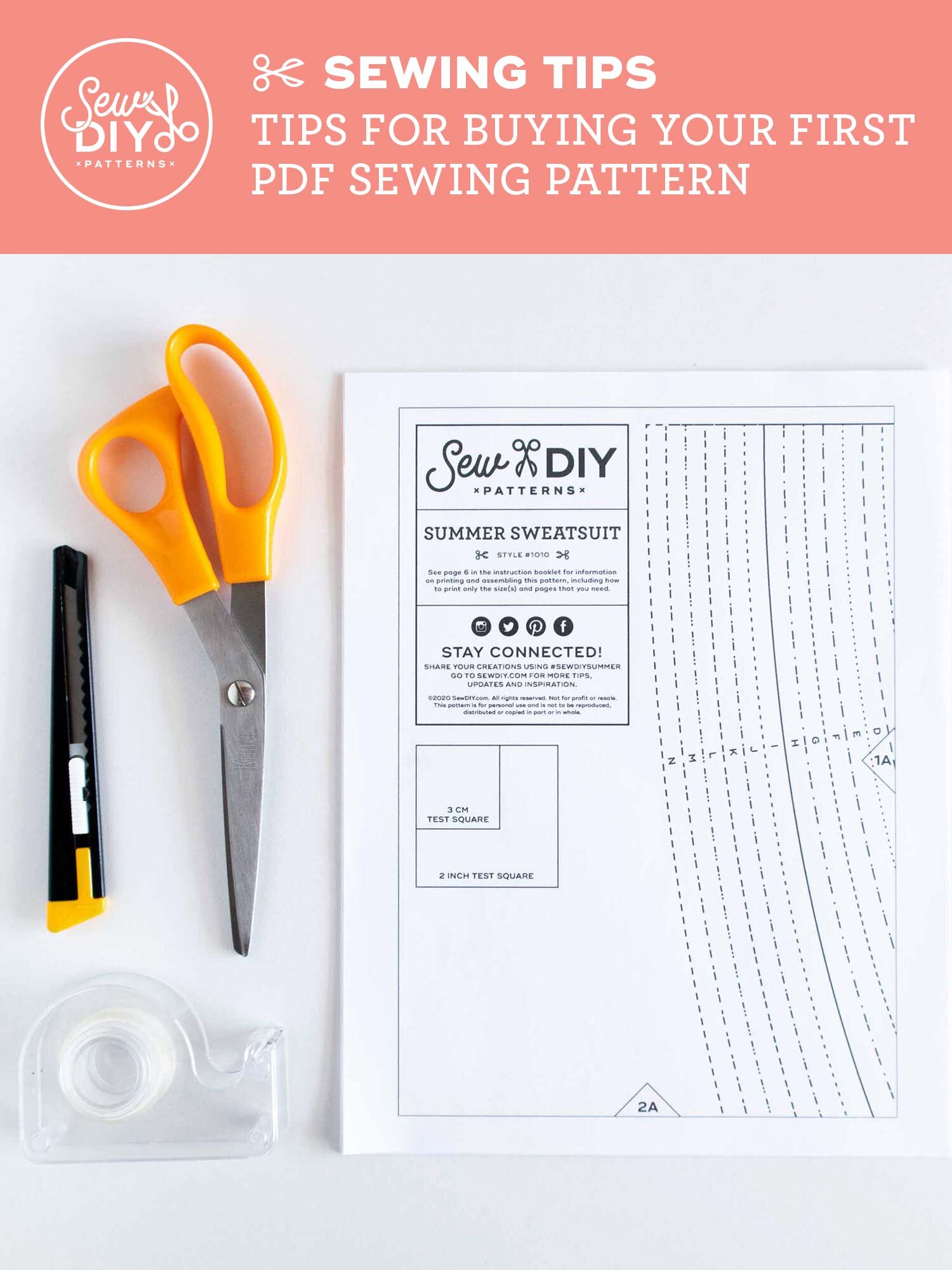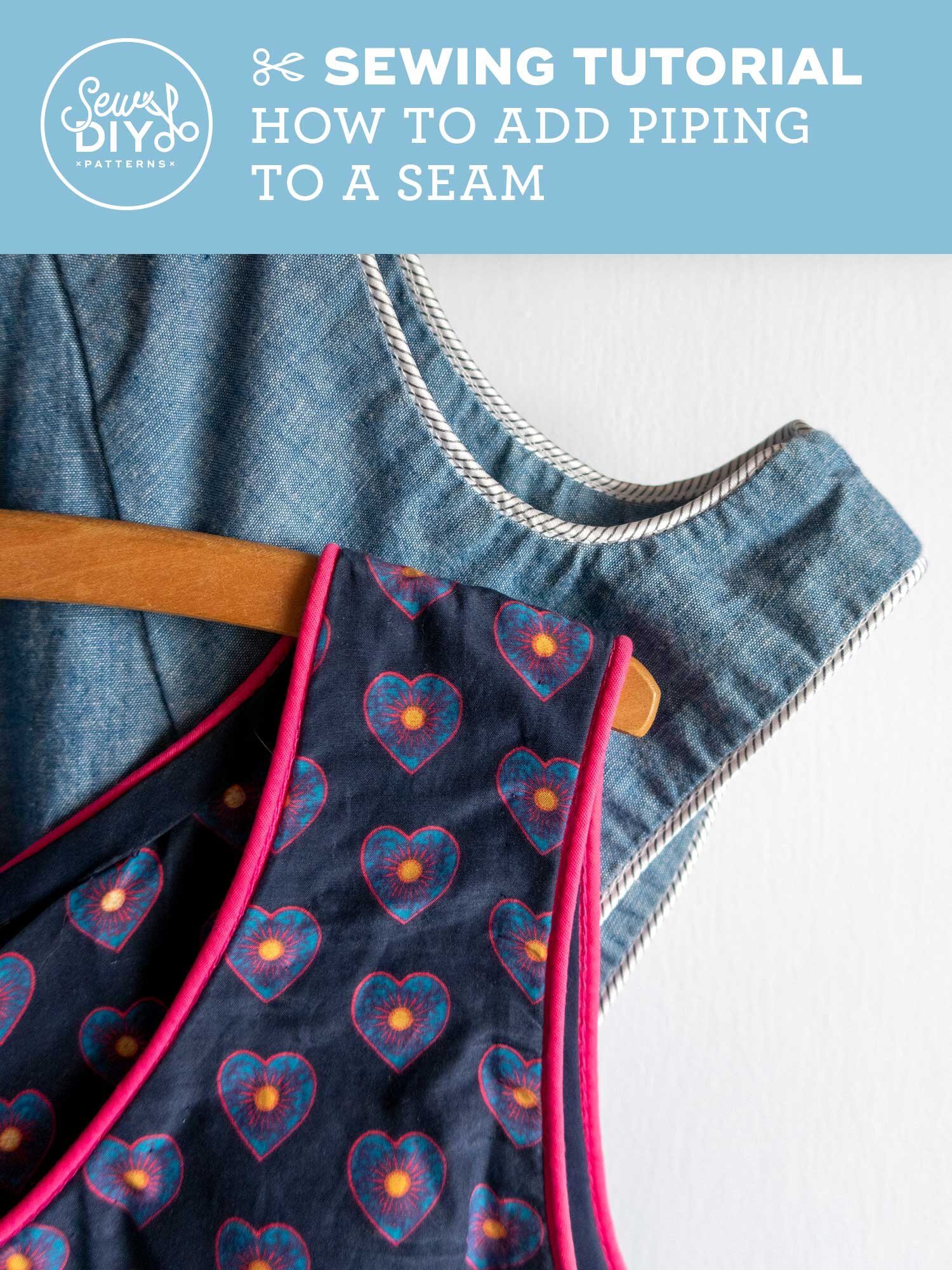I moved into my new place just one month ago and it’s been nonstop unpacking, painting, organizing and decorating ever since. I had lived in my last place for about 10 years so I was pretty settled in there and I haven’t done any serious decorating in a long time. My new place is a little smaller so I’ve tried to downsize as much as possible and only keep the things that I really love and are really useful. The projects have been a little overwhelming and this is actually the first thing I’ve sewn at the new place. (Confession: I’m a little worried that I haven’t started sewing sooner because my tv is no longer located in the sewing room. I’ve been spending more time watching tv and knitting than I used to. But I’m hoping to break that cycle soon.) Moving is so much harder than I remembered. I'm really looking forward to having a box-free house.
5 Tips for Using Pins Safely When Sewing
Pins are one of the most commonly used sewing tools and it's important to know how to use them safely and effectively. When you combine sharp, pointy pins with the quick movement of your sewing machine and the knife of a serger, there's a potential for things to go awry. The danger is pretty low but it's always better to take precautions and prevent an injury to yourself and your tools. I learned these simple methods for using pins when I took sewing classes years ago and I still use them every time I sew. Of course, everyone will have their preferred methods but if you are just starting out sewing, I highly recommend learning and implementing proper safety techniques from the beginning.
DIY Tutorial – How to Sew Flat Piping Trim
Most of us have probably heard of piping but flat piping is not often discussed. The name actually does a really good job of describing it. It’s just piping without the cord, so, as the name implies, it’s flat. Flat piping may be preferable to regular piping in garments that use lightweight fabric or anywhere that needs to be extra slim. Just like regular piping, flat piping can be used as an accent or embellishment on a garment, bag, pillow or even a quilt.
When I made my dress for the #SewTallAndCreative2017 Design Challenge, I used a flat piping technique to incorporate the second fabric into the garment (see it here). It's a really cool way to add a contrast trim to a garment so I thought I'd share it with you. The fabric I used for my dress was very thin and wobbly and I did not manage to do a perfect trim but it is achievable with slightly heavier fabrics like the ones I use in this tutorial. Here, I'm using a denim for the "garment" and a medium weight poly-blend for the stripe.
Flat piping can be added to any seam but for this tutorial, I show how to attach it to a V-neckline (which is pretty much as tricky as it gets). Read the full tutorial over on the BERNINA We All Sew blog and let me know if you incorporate this technique in any of your garments. Happy sewing!



